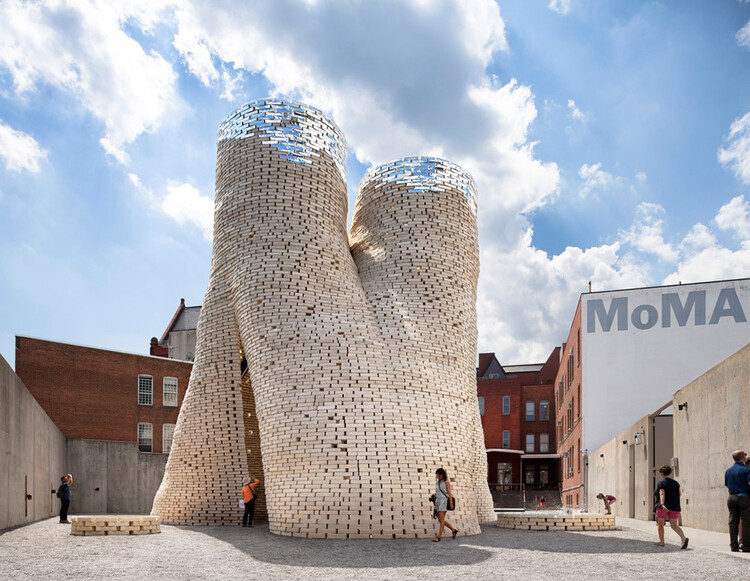The construction industry stands at a fascinating crossroads where time-tested building methods meet cutting-edge innovation. In this comprehensive guide, we explore how modern construction techniques are revolutionising the building industry while preserving time-tested methods, offering insights into the materials and methods shaping our built environment.
The Evolution of Building Materials: A Journey Through Time
The story of construction materials is as old as civilisation itself. From the limestone blocks of the pyramids to the steel and glass skyscrapers of today, building materials have defined architectural possibilities and structural capabilities. In the UK, this evolution is particularly evident, with Roman influences still visible in structures like Hadrian’s Wall, built with locally sourced stone. Today’s construction landscape seamlessly blends these historical elements with modern innovations, creating a rich tapestry of building possibilities. The progression from basic materials to sophisticated composites has been marked by significant milestones, with each era contributing to our current understanding of structural engineering and material science.
Traditional Materials in Modern Construction
While innovation drives the construction industry forward, traditional materials remain fundamental to modern building practices. British builders continue to favour materials that have proven their worth over centuries:
- Timber: Engineered wood products now offer enhanced strength and durability, with cross-laminated timber (CLT) becoming increasingly popular in sustainable construction
- Brick: Modern manufacturing techniques have improved traditional brick’s thermal properties and durability, with the UK brick industry reporting a 15% increase in production efficiency in 2023
- Stone: Advanced cutting techniques and surface treatments have given new life to traditional stone, making it more versatile and cost-effective
Breakthrough Innovations in Construction Materials
The construction industry is witnessing unprecedented advancement in material science. Self-healing concrete, developed by researchers at Cardiff University, can repair its own cracks using bacteria, potentially extending infrastructure lifespan by decades. Transparent aluminum, once considered science fiction, is now being tested in high-security buildings. Carbon fiber composites, increasingly common in UK construction projects, offer strength-to-weight ratios that surpass traditional steel while reducing carbon footprint. These innovations represent just the tip of the iceberg in construction material development.
Sustainable Building Materials: The Future of Construction
Sustainability has become a cornerstone of modern construction, with the UK construction industry targeting net-zero carbon emissions by 2050. This commitment has spurred the development and adoption of eco-friendly materials:
- Recycled steel and concrete aggregates reducing landfill waste
- Bamboo and hemp-based materials offering renewable alternatives
- Mycelium-based insulation providing natural, biodegradable solutions
- Solar tiles integrating renewable energy generation into building materials
Smart Materials and Digital Integration
The integration of digital technology with construction materials marks a new era in building science. Smart materials equipped with sensors can monitor structural health, temperature, and occupancy patterns. These innovations include photochromic glass that automatically adjusts its opacity based on sunlight intensity, and concrete embedded with sensors to detect stress and strain. The UK market for smart building materials is projected to grow by 25% annually through 2025, driving innovation in this sector.
Cost vs Performance: Making Informed Material Choices
Selecting appropriate materials requires careful consideration of multiple factors:
- Initial cost vs long-term value
- Installation complexity and skilled labour requirements
- Maintenance requirements and lifecycle costs
- Environmental impact and sustainability credentials
- Local building regulations and planning requirements
Regulatory Compliance and Safety Standards
The UK construction industry operates under strict regulatory frameworks, with material standards continually evolving to meet safety and performance requirements. The Building Safety Act 2022 has introduced new obligations regarding material selection and documentation. Compliance with these regulations requires thorough understanding of:
- British Standards (BS) and European Norms (EN)
- Construction Products Regulation (CPR)
- Fire safety requirements post-Grenfell
- Environmental performance standards
Implementation Strategies for Modern Materials
Successfully incorporating innovative materials into construction projects requires careful planning and execution. Key considerations include training requirements for workers, adaptation of existing construction methods, and integration with traditional building techniques. The Construction Industry Training Board (CITB) reports that 70% of UK construction firms are increasing investment in training programs specifically focused on new material technologies and installation techniques.
Case Studies: Success Stories in Material Innovation
Recent UK projects showcase successful integration of innovative materials:
- The Bloomberg Building in London, incorporating natural materials with smart technology
- Manchester’s Mayfield development, utilising recycled materials and green infrastructure
- The Hope Street project in Liverpool, demonstrating successful implementation of CLT construction
Future Outlook: The Next Generation of Construction Materials
The future of construction materials promises even more exciting developments. Research institutions across the UK are working on breakthrough technologies including carbon-negative concrete, self-powering building materials, and advanced recycling processes. Industry experts predict that by 2030, 40% of new construction projects will incorporate at least one form of smart or self-healing material. This evolution will continue to transform how we build, making structures more sustainable, efficient, and adaptable to future needs.
FAQ
What is Type A or B construction?
All construction types except for Type 4 fall into one of two subcategories: Type A or Type B. Type A buildings are “protected” constructions and Type B structures are “unprotected” constructions. Protected constructions are more fire-resistant than unprotected constructions.
What is the most common construction method?
There are four major types of building construction: light-framed, masonry, timber-framed, and steel-framed. Each type has its own advantages and disadvantages that must be considered when choosing a construction method for a project. Light-framed construction is the most common type of construction in North America.
What is Type 5 construction called?
Type V Construction: Wood-Frame It is the only category of construction that allows combustible exterior walls as well as combustible structural members on the interior walls. The frames, walls, floors, and roofs are made entirely or partly out of wood.
Sources
[1] https://www.constructiondive.com
[2] https://rivconstruct.com
[3] https://rivconstruct.com/about/


Leave a Reply